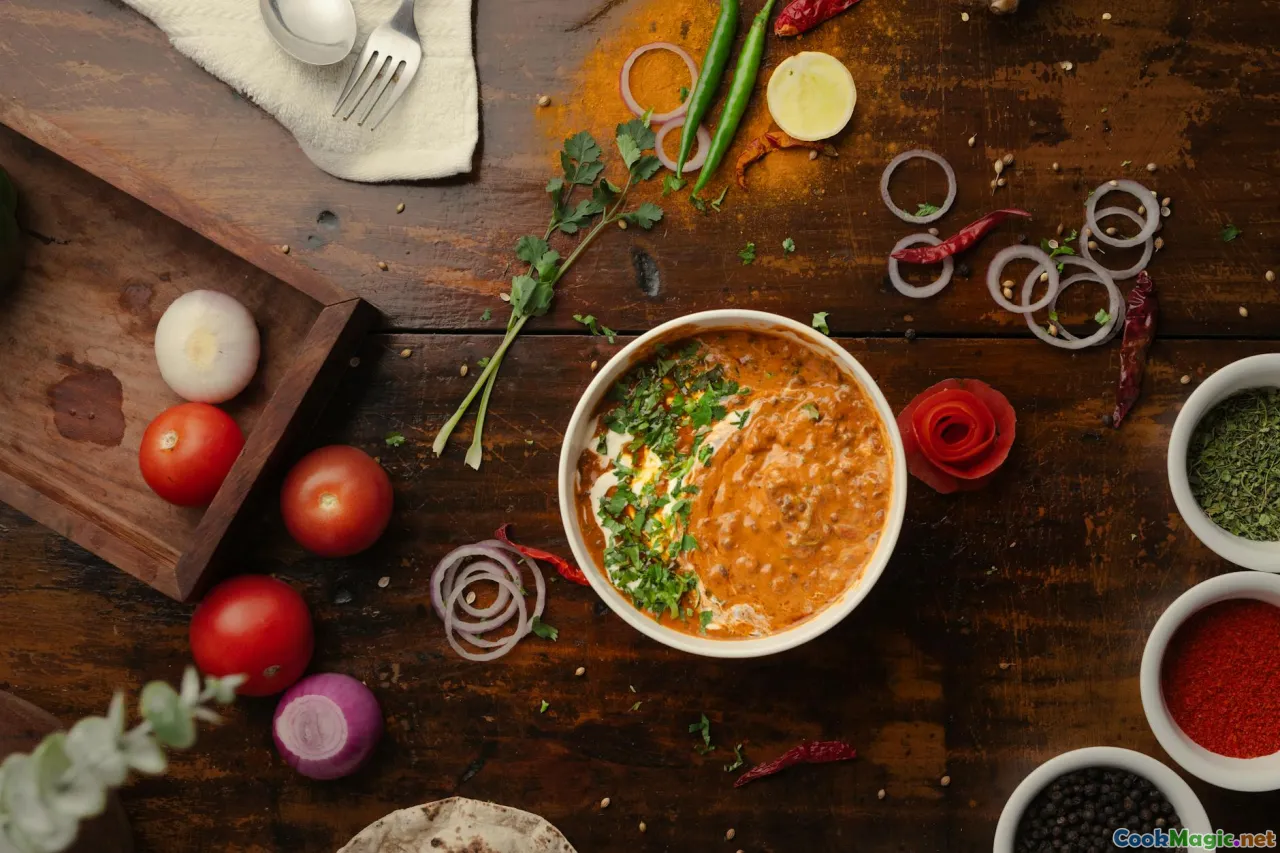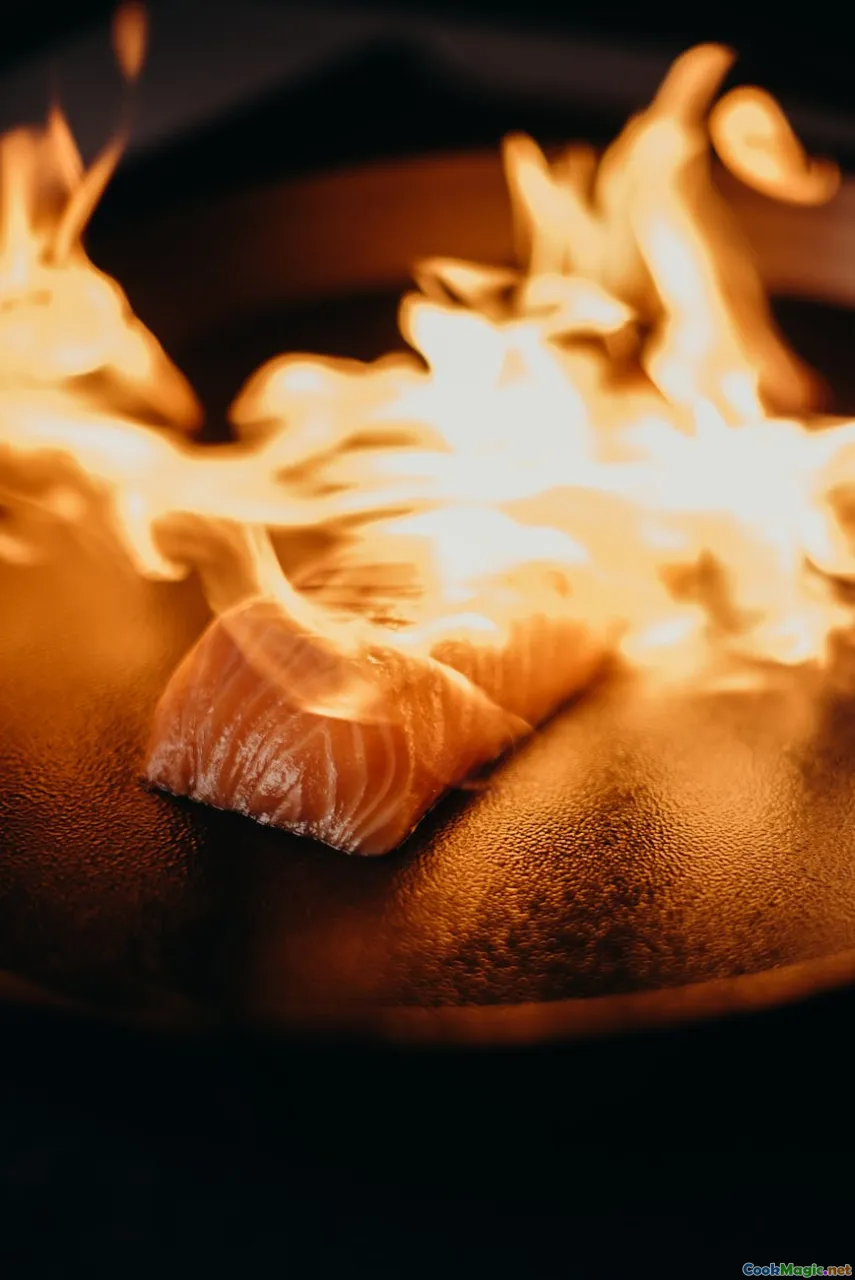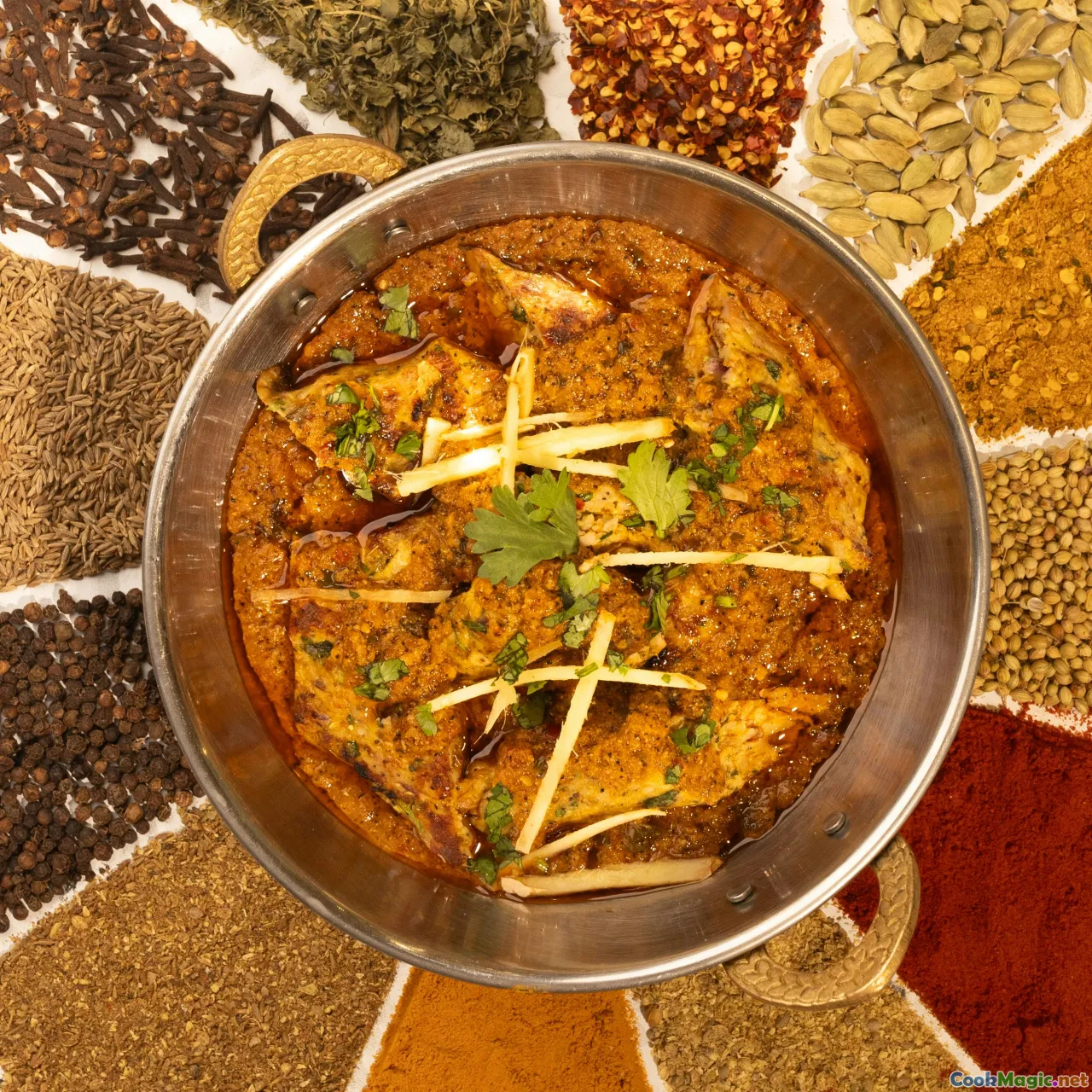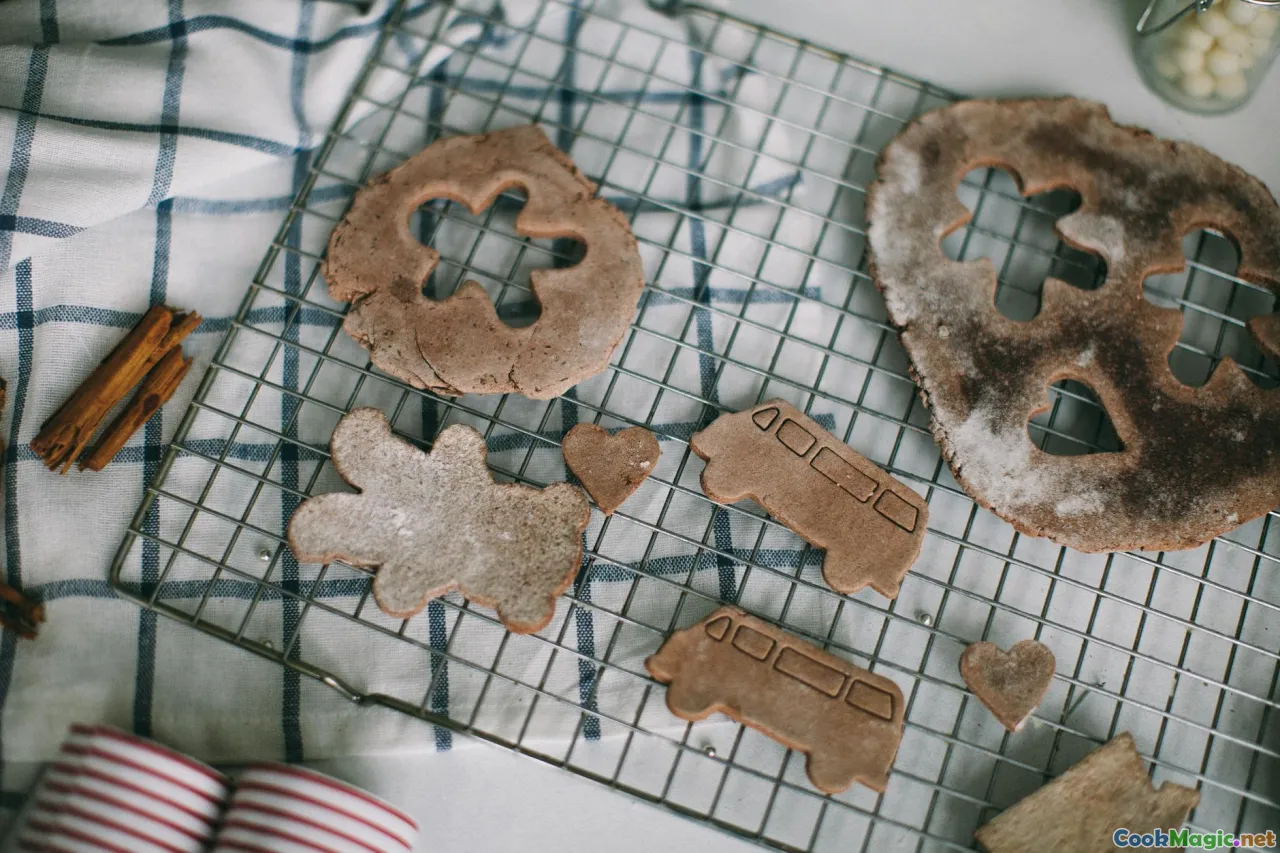Understanding the Art of Tadka in Indian Cooking
10 min read Explore the vital role of Tadka in Indian cuisine, enhancing flavor and aroma through traditional tempering methods. July 24, 2025 03:05
Understanding the Art of Tadka in Indian Cooking
When the aroma of garlic, cumin, and fiery red chilies wafts through a bustling Indian kitchen, it’s often the unmistakable tadka that’s creating that inviting, soul-satisfying scent. Tadka—also known as tempering—is the soul of countless Indian dishes, transforming humble ingredients into something extraordinary through a symphony of sizzling spices. It’s more than just culinary technique; it’s a cultural ritual that embodies warmth, history, and parampara (tradition). To truly grasp the essence of Indian cuisine, understanding tadka is fundamental.
What Is Tadka? A Taste of Tradition

At its core, tadka is a cooking process involving heating oil or ghee with select spices until they release their essential oils and flavor. This tempered mixture is then poured over dals, curries, vegetables, or rice, infusing the dish with a rich, layered aroma and depth of flavor.
Historically, tadka traces back centuries, carried through generations as a critical element of Indian culinary identity. In every region—from the fiery kitchens of Punjab to the delicate spice blends of South India—the methodology varies, but the purpose remains consistent: to amplify the dish's taste and aroma.
A typical tadka might include cumin, mustard seeds, dried red chilies, garlic, ginger, and curry leaves. These ingredients are fried in hot oil until fragrant, creating a complex initial flavor that forms the foundation of the final dish.
The Technique: Mastering the Tadka

Perfecting tadka requires practice, precision, and respect for the ingredients. Here’s a step-by-step guide to create your own flavorful tadka:
- Choose the Base Oil: Traditionally, mustard oil or ghee is preferred, imparting a distinctive aroma. However, vegetable oil works well and is more neutral.
- Heat the Oil: Use medium-high heat to ensure the spices crackle loudly and release their flavors promptly.
- Add the Whole Spices: Cumin seeds, black mustard seeds, or dried red chilies are added first. They should sizzle and pop—signaling that their essential oils are being released.
- Incorporate Aromatics: Once the spices crackle, add finely chopped garlic, ginger, and sometimes onions or shallots, sautéing until golden.
- Final Spices: For an extra layer, toasted coriander powder, turmeric, or garam masala can be added at this stage.
- Pour Over the Dish: Immediately pour the hot tadka over cooked lentils or vegetables—this contrast in temperature causes a burst of aroma, awakening all the flavors.
Remember, the key is quick timing: overcooking the spices can lead to bitterness, and undercooking can result in flat flavor.
Variations Across Regions

Indian cuisine's regional diversity offers a fascinating palette of tadka techniques:
- North India (Punjabi): Here, tadka often involves ghee, cumin, and dried red chilies, poured over dal or chaats, imparting a smoky richness.
- South India: The tempering family prefers mustard seeds, curry leaves, dried red chilies, and turmeric, enhancing dishes like sambar and rasam with a tangy, spicy kick.
- Bengali Cuisine: Usually lighter, with mustard seeds, and sometimes poppy seeds, the tadka subtly complements fish curries and dals.
- Western India (Gujarati, Rajasthani): Use cumin, coriander, and sometimes ginger, delivering bold, earthy flavors.
This regional variance highlights how tadka adapts to local palate preferences and ingredients, yet consistently maintains its purpose—elevating the dish.
The Cultural Significance

In Indian households, tadka carries more than culinary value; it’s an emotional anchor, often linked to family traditions, festivals, and personal memories.
Cooking tadka can be a communal act—shared between generations—where stories are exchanged as ingredients crackle in hot oil. The ritual of tadka sometimes marks a milestone or special occasion, making it part of the family’s culinary heritage.
It also embodies respect for ingredients and the process: a reminder to slow down, appreciate the moment, and infuse each dish with love.
Common Mistakes and How to Avoid Them

While tadka seems straightforward, mastering it requires awareness:
- Overheating the Oil: Quickly turns the spices bitter. Use moderate heat and stay attentive.
- Adding Spices Too Early: Can cause flavor loss. Wait until oil is hot enough.
- Adding Water or Liquid: Can cause splattering; ensure the dish is ready to absorb the tempering.
- Using Excess Spice: It’s tempting to be bold, but balance is key to prevent overpowering the dish.
Practice, patience, and sensorial awareness are your best friends in perfecting the art.
Tips for Perfecting Your Tadka

- Use fresh spices and high-quality oil for the richest flavor.
- Keep spices ready in small bowls for quick addition.
- Experiment with different spice combinations—fenugreek, asafoetida, or curry leaves can add unique nuances.
- Consider the dish: lighter dals vs. hearty curries might require specific tempering styles.
- Practice in small batches before scaling up.
In time, tadka becomes an instinct, an expression of your own culinary voice.
A Personal Anecdote: When I First Fell in Love with Tadka
Growing up in a South Indian household, my grandmother’s kitchen was alive with the rhythmic sounds of oil crackling and spices sizzling. The moment she poured the tempered mixture over a steaming bowl of sambar, the entire house seemed to fill with an intoxicating aroma—warm, spicy, and inviting.
What fascinated me most was the invisible magic as the flavors merged, awakening the senses and bringing everyone together around the dining table. Years later, sitting in my own kitchen, I realize that tadka is more than a flavor enhancer—it's a bridge to Indian heritage, a celebration of simplicity turned extraordinary through technique and love.
Embracing the Flavorful World of Indian Tadka
Whether you’re a chef-in-the-making or an home cook eager to deepen your understanding of Indian cuisine, mastering tadka is both an art and a journey. It’s about patience, respect for ingredients, and an appreciation for tradition.
As you begin to incorporate this technique into your cooking repertoire, remember—the true essence of tadka lies in heartfelt experimentation and celebration of flavors. Each sizzling seed, each fragrant drop impacts the final dish, turning every meal into an experience rich with history, emotion, and culinary mastery.
Welcome to the vibrant, aromatic world of Indian tadka—may your kitchen forever be filled with crackles, smells, and stories worth savoring.









